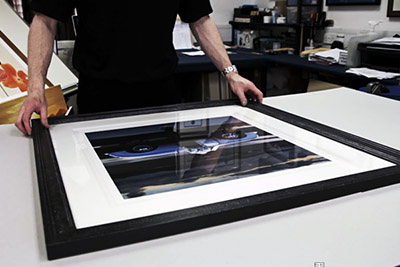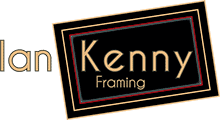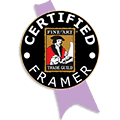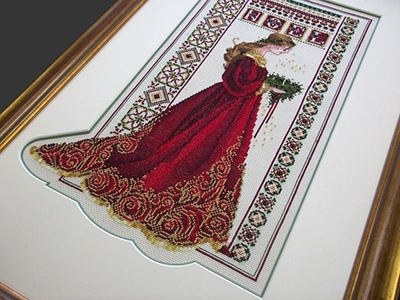That’s kind of a ‘ How long is a bit of string?’ question! We have options starting from £350, and to date, the most expensive shirt we have framed had around £1200 spent on it. So if you’ll pardon the pun, it’s a huge ‘ball park’!
How long is a bit of string?’ question! We have options starting from £350, and to date, the most expensive shirt we have framed had around £1200 spent on it. So if you’ll pardon the pun, it’s a huge ‘ball park’!
There are many variables which need to be taken into account. No two shirts are the same, and the final cost will depend on your frame and presentation choices – things like additional photographs or inscriptions which add to the overall size. You’d also have the choice between standard reflective glass or superclear anti-reflective uv filtering glass.
If you are asking the question though, the shirt must mean something to you. So feel free to bring it along and we can have a discussion about what you want. We’ll be more than happy to spend time with you, and find something you are happy with.
We’re holding a charity/fundraiser auction, can you frame a shirt for us?
The answer is yes. However in our experience, it’s really difficult to recoup the cost of proper professional framing at most charity auctions. The focus of attention is (quite rightly) on the shirt. It’s normally not a bad idea to auction off the shirt as it is, and allow the lucky winning bidder to arrange the framing in a style to suit themselves.
However, if you’re fairly confident in your prospective audience, and want to auction a fully framed shirt, just drop in with it, and we can discuss your options.


 Yes, we do use a computer controlled mountcutter, we also use computers for pricing our work, updating our website, social media and accounts. However we are still skilled craftsmen, and we’ve got Fine Art Trade Guild certificates to prove it!
Yes, we do use a computer controlled mountcutter, we also use computers for pricing our work, updating our website, social media and accounts. However we are still skilled craftsmen, and we’ve got Fine Art Trade Guild certificates to prove it! The short answer is ‘Yes’.
The short answer is ‘Yes’. The short answer is ‘Yes’.
The short answer is ‘Yes’.